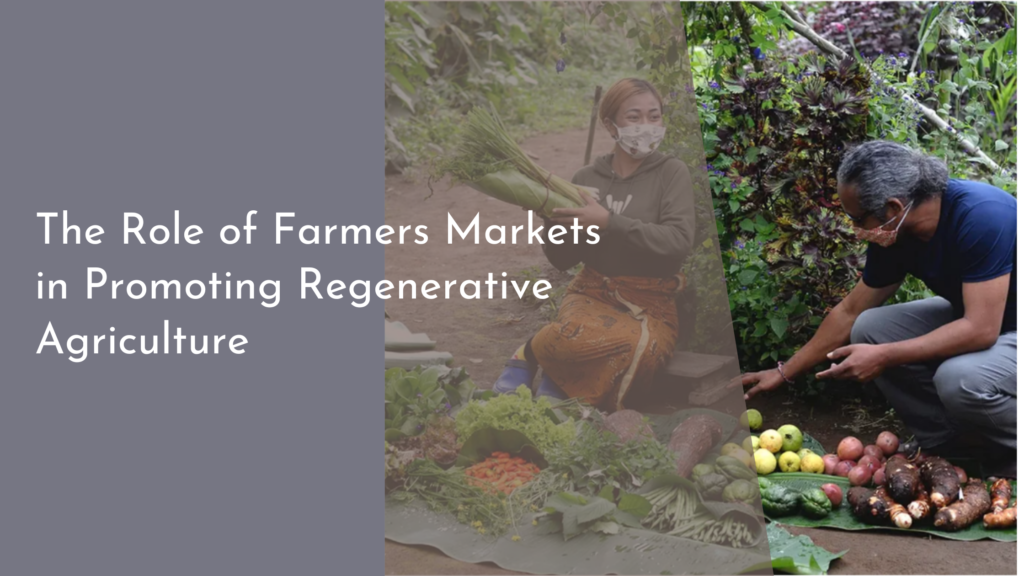Urban Forestry for Aging Populations: Accessible Green Spaces
As urban areas continue to expand, the importance of incorporating green spaces into city planning becomes increasingly evident, especially for aging populations. Urban forestry initiatives not only provide much-needed respite from the concrete jungle but also play a vital role in promoting the physical and mental well-being of seniors. By creating accessible parks and green areas, cities can foster environments that nurture social connections, enhance mobility, and support healthy lifestyles for older adults. This article will explore the multifaceted benefits of urban green spaces, particularly for aging populations, and highlight the importance of designing these areas to be inclusive and welcoming for everyone.
Enhancing Well-Being: The Role of Urban Green Spaces
Urban green spaces are crucial for enhancing the overall well-being of individuals, especially the elderly. Access to parks and gardens has been linked to improved mental health, reduced stress levels, and increased opportunities for physical activity. For seniors, spending time outdoors in nature can combat feelings of loneliness and isolation, often associated with aging. The soothing sounds of chirping birds, the sight of blooming flowers, and the fresh air contribute to a serene environment that supports both emotional and psychological health.
Moreover, the presence of greenery in urban environments has been shown to encourage social interaction among residents. Parks become places where seniors can engage in leisurely strolls, participate in community events, or simply sit and enjoy the beauty of nature. These interactions not only foster friendships but also create a sense of belonging, which is paramount for the emotional well-being of older adults. Thus, urban green spaces are more than mere aesthetics; they are lifelines that contribute to a healthier, happier, and more connected life for seniors.
Accessible Green Spaces: A Breath of Fresh Air for Seniors
Creating accessible green spaces is essential for ensuring that seniors can fully enjoy the benefits of urban forestry. This means designing parks that are easy to navigate, with paved paths, benches, and rest areas strategically placed along walking routes. Accessibility features, such as ramps and handrails, help to accommodate those with mobility challenges, enabling them to engage with their environment safely and comfortably. Additionally, incorporating sensory gardens with fragrant plants and textured surfaces can provide a rich, enriching experience for seniors with varying abilities.
Furthermore, the presence of shaded areas and water features in parks can provide a comfortable outdoor setting where seniors can retreat during hot summer months. Access to these natural elements not only encourages outdoor activity but also helps to mitigate health risks associated with heat, particularly for vulnerable aging populations. By focusing on accessibility in park design, cities can ensure that green spaces serve as a breath of fresh air for seniors, promoting their independence and encouraging them to remain active within their communities.
Community Benefits: Connecting Generations Through Nature
Accessible green spaces have the potential to bridge generational gaps, fostering connections between young and old. Parks that cater to all ages can become vibrant hubs of activity where seniors can share their knowledge and experiences with younger generations. Intergenerational programs, such as community gardening projects or outdoor fitness classes, can transform these spaces into classrooms of life, where lessons in sustainability, health, and friendship are taught through shared experiences in nature.
Moreover, as communities come together to engage in green space initiatives, a sense of unity and shared purpose emerges. Collaborating on projects, like planting trees or organizing clean-up days, encourages community involvement and reinforces the notion that everyone plays a role in the stewardship of their shared environment. Such connections not only enhance the social fabric of neighborhoods but also create a legacy of care and responsibility toward nature that can be passed down through generations.
Designing Inclusive Parks: Making Nature for Everyone!
To truly embrace the notion of inclusivity in urban forestry, park designers must prioritize the diverse needs of all users. This means incorporating features such as sensory-friendly environments, wheelchair-accessible pathways, and spaces for quiet reflection, which cater specifically to seniors and individuals with disabilities. The goal is to create parks where everyone feels welcome and empowered to explore and engage with nature at their own pace.
Community input is essential in the design process to ensure that the needs and desires of seniors are effectively addressed. Engaging older adults in discussions about park amenities, programming, and layout can lead to the creation of spaces that are not only functional but also resonate with the community’s collective identity. By building parks that reflect the voices of their users, cities can foster environments where nature becomes a shared resource, accessible and enjoyable for everyone.
In conclusion, urban forestry initiatives that prioritize accessible green spaces can significantly enhance the quality of life for aging populations. These parks not only promote physical activity and mental well-being but also create vital social connections that enrich communities. By designing inclusive and inviting environments, cities can ensure that nature remains a cherished resource for everyone, regardless of age or ability. As we continue to evolve urban landscapes, let us embrace the importance of accessible green spaces and work together to cultivate communities that thrive in harmony with nature.

